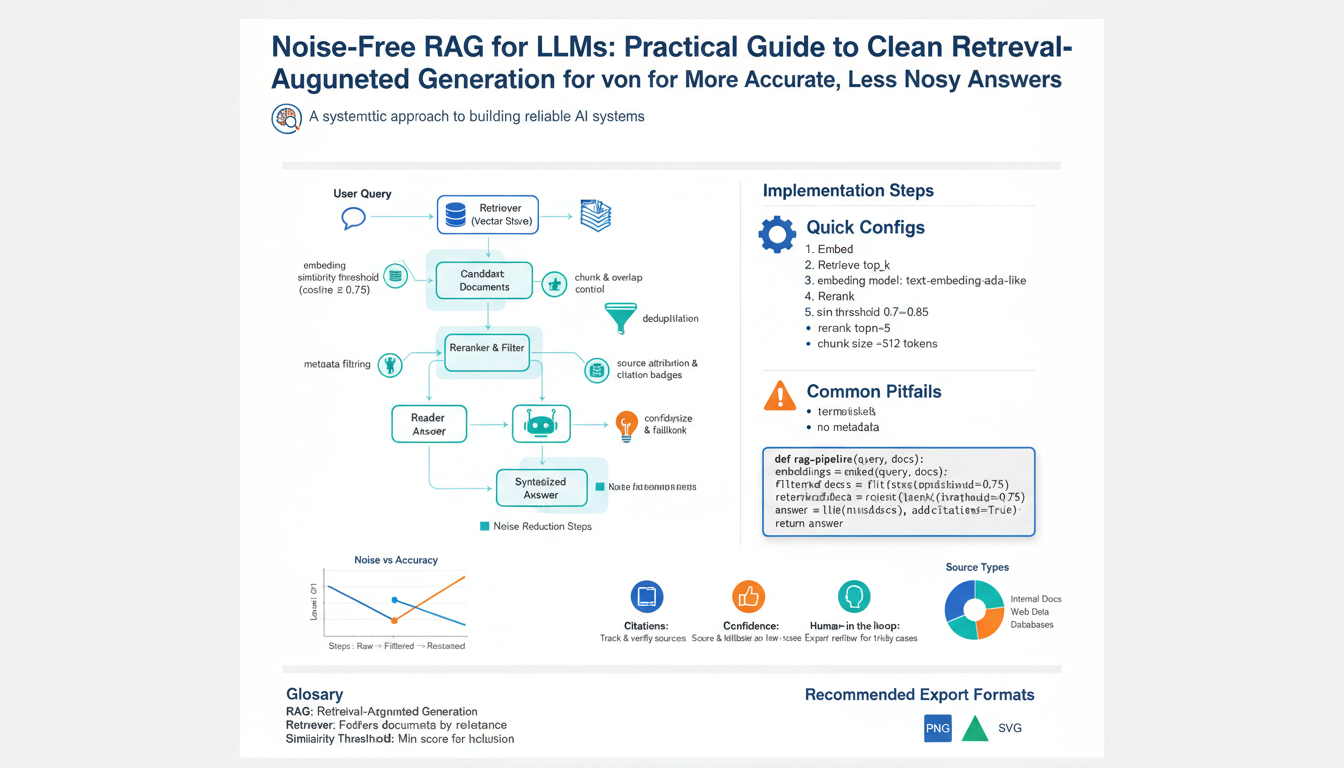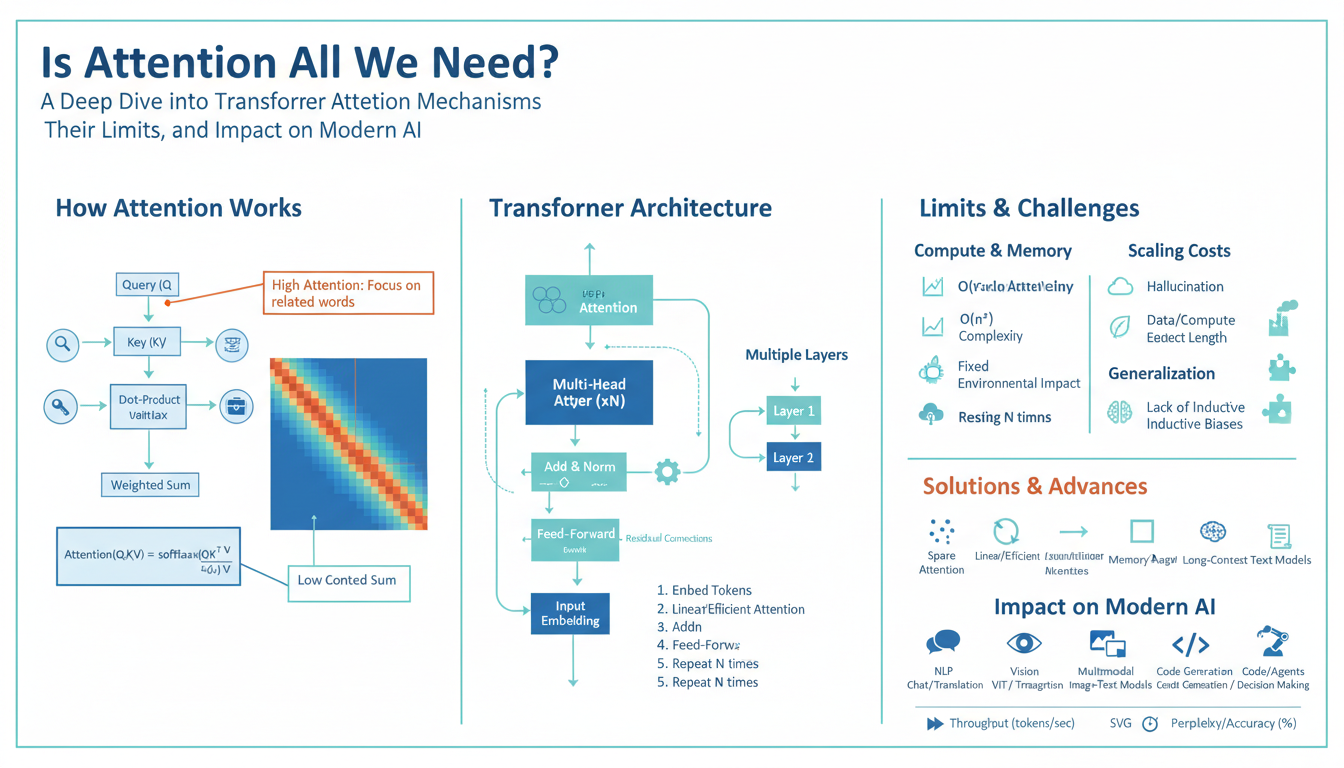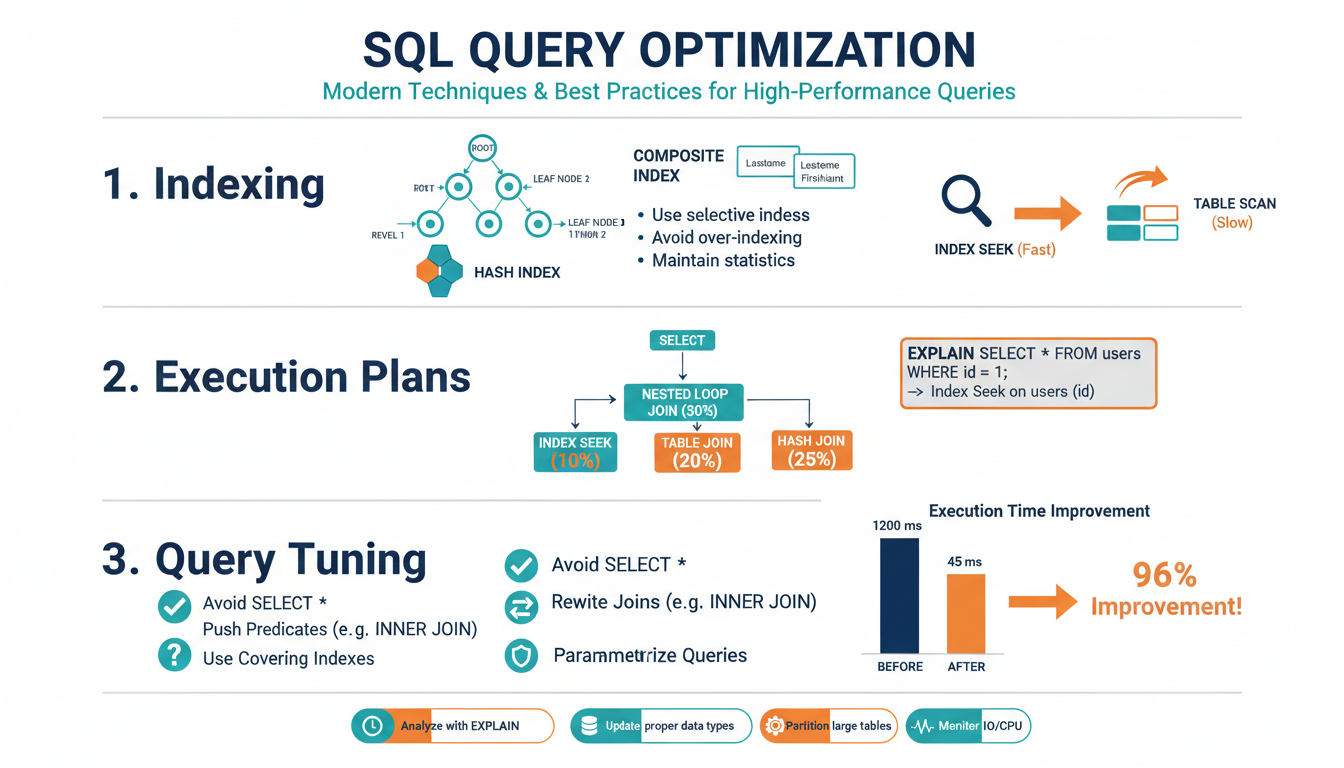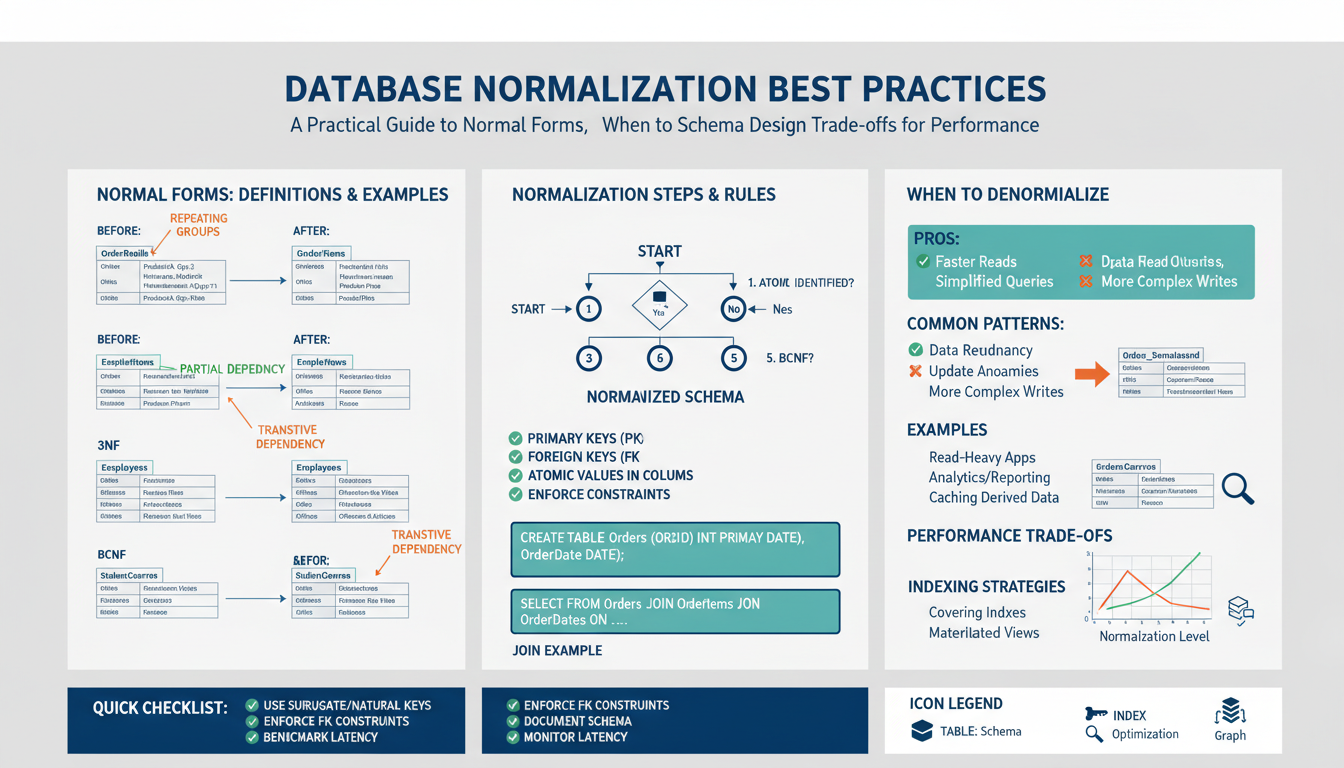Introduction to Audio Classification and Deep Learning
Audio classification is a fascinating and rapidly evolving field in artificial intelligence, where the goal is to identify and categorize sounds or audio segments into predefined classes. From recognizing spoken words in voice assistants to detecting environmental sounds for smart home devices, audio classification forms the backbone of many modern technologies. The traditional approach often relied on handcrafted features and classic machine learning methods, but recent advancements in deep learning have dramatically enhanced the accuracy and scope of audio recognition systems.
Deep learning, a subset of machine learning inspired by the structure and function of the human brain, uses artificial neural networks with multiple layers to learn complex representations of data. In audio classification, deep learning models—such as Convolutional Neural Networks (CNNs) and Recurrent Neural Networks (RNNs)—can process raw audio signals or spectrograms to automatically extract high-level features crucial for classification.
The process of building an audio classification system using deep learning generally involves several critical steps:
- Data Collection: As with any machine learning task, having a diverse and comprehensive dataset is essential. Public datasets like AudioSet from Google or Google Speech Commands provide a solid starting point for experimentation and training.
- Preprocessing: Raw audio data must be processed for effective modeling. This step might include converting audio waveforms into spectrograms, normalizing sample rates, or performing noise reduction. Helpful tools such as LibROSA in Python streamline this workflow.
- Feature Extraction: Automated or manual feature extraction transforms audio signals into representations suitable for neural networks. Deep learning models have made it possible to skip many manual feature engineering steps by learning features directly from the data.
- Model Building: Selecting and training a deep learning model, typically with frameworks like TensorFlow or PyTorch, forms the core of audio classification. CNNs excel at capturing local patterns in spectrograms, while RNNs are good at modeling temporal sequences.
- Evaluation and Deployment: After training, the model is validated using unseen data. Key metrics such as accuracy, precision, and recall determine model performance. The final step involves deploying the model as part of an application, such as a mobile app or a streaming service.
By combining domain expertise in audio processing with the power of deep learning, researchers and developers can create systems that not only classify but also interpret a vast array of sounds, opening up new possibilities in industries ranging from healthcare to entertainment. For more in-depth reading, explore Stanford’s CS224S: Spoken Language Processing or the Towards Data Science guide on audio classification.
Key Concepts in Audio Signal Processing
Understanding the fundamental concepts in audio signal processing is essential before diving into any deep learning project involving audio classification. At its core, audio signal processing refers to the analysis and manipulation of audio signals—representations of sound waves through time. Grasping these key ideas will not only improve your project’s effectiveness but also help in selecting the most suitable techniques for various scenarios.
1. Nature of Audio Signals
Audio signals are continuous (analog) but are often represented in digital form for processing. This digital representation involves sampling—converting the continuous signal into discrete values at regular intervals. The standard sampling rate for music and speech is typically 44.1 kHz or 16 kHz, respectively. For more about audio sampling fundamentals, consider reading this guide from Northeastern University.
2. Preprocessing Audio Data
Raw audio must often be preprocessed to optimize it for classification tasks. This includes:
- Noise reduction: Removing irrelevant sounds using filters.
- Normalization: Scaling the signal’s amplitude to a standard range.
- Segmentation: Dividing long audio recordings into meaningful clips or frames for analysis.
Effective preprocessing techniques, such as those described in this ScienceDirect chapter on preprocessing, can dramatically improve model performance and reliability.
3. Feature Extraction Methods
Since deep learning models rarely use raw audio, extracting informative features is crucial. Common methods include:
- Short-Time Fourier Transform (STFT): Analyzes the frequency content of localized sections of the signal, providing both time and frequency information.
- Mel-Frequency Cepstral Coefficients (MFCCs): Mimic the human ear’s perception of sound, distilling audio into a compact feature set frequently used in speech and music processing.
- Spectrograms: Visual representations of the spectrum of frequencies in a signal as they vary with time, acting like images for convolutional neural networks.
You can explore deeper into audio feature extraction through the Librosa library documentation, a trusted tool in the Python community for music and audio analysis.
4. Data Augmentation Techniques
Enriching your dataset enhances model robustness. Common audio augmentation strategies include:
- Pitch shifting and time stretching: Alter the audio tempo or key to generate variations without changing the underlying label.
- Additive noise: Overlaying background sounds to teach the model to ignore irrelevant noise.
- Random cropping and padding: Modifying the length of audio clips to train the model to be invariant to temporal shifts.
For a technical deep dive into these methods, the Towards Data Science guide on audio preprocessing and augmentation offers clear examples and code.
5. Framing and Windowing
Because audio signals are non-stationary, many algorithms process them in small frames (usually 20-40 milliseconds) rather than as a whole. Each frame is multiplied by a window function—such as a Hamming or Hann window—to minimize edge effects. These processes lay the groundwork for extracting reliable features from audio streams. For more detailed methodology, visit IEEE’s explanation of window functions.
These foundational concepts form the bedrock for effective deep learning on audio data. By mastering each step—from sampling and preprocessing, through feature extraction and augmentation, to proper framing—researchers and engineers can ensure their models are both accurate and robust.
Preparing and Preprocessing Audio Data
Before diving into building deep learning models for audio classification, a critical step is preparing and preprocessing your audio data. Proper preparation not only ensures you’re feeding clean, standardized data into your model but also can significantly enhance your classification accuracy. Here’s how to effectively get your audio data ready for deep learning:
Collecting and Organizing Audio Data
The first step is to gather a diverse and representative set of audio samples for each class you want your model to recognize. Sources like the Kaggle Datasets or Google AudioSet offer publicly available, labeled audio datasets. Once collected, organize your audio files into directories based on their class labels to streamline the preprocessing workflow.
Resampling and Format Conversion
Audio recordings often come in different sampling rates and formats. For consistency, it’s important to resample all audio files to a standard sampling rate, such as 16 kHz or 44.1 kHz. Tools like Librosa in Python can be used for this purpose. Consistent sampling rates help avoid artifacts and improve feature extraction.
Similarly, convert all audio files to a uniform format (typically WAV) to facilitate batch processing. This can be easily handled with libraries such as PyDub or Audacity.
Trimming and Noise Reduction
Long silences and background noise can impair model training. Trim your audio files to remove unnecessary silence at the start and end; Librosa.effects.trim is particularly useful for this task. For noise reduction, consider applying filters or spectral gating. For detailed techniques, refer to this science article on noise reduction methods.
Audio Augmentation
To improve your model’s robustness, artificially expanding your dataset through augmentation is essential. Methods include adding background noise, time-stretching, pitch shifting, and random cropping. Libraries like Audiomentations make it simple to apply diverse augmentations. For more about augmentation, check out the Audio Data Augmentation survey.
Feature Extraction
Raw audio is challenging for most models to interpret directly. Commonly, features such as Mel-frequency cepstral coefficients (MFCCs), spectrograms, or chromagrams are extracted. Librosa’s feature extraction tools are a go-to resource here. For example, converting audio into a mel spectrogram can provide a rich, compact representation of the audio that is widely used in modern deep learning models.
Normalizing and Standardizing Features
After conversion, normalization ensures that all feature values are on a similar scale, improving convergence during training. You can use the scikit-learn preprocessing module to easily implement standard scaling or normalization across your extracted features.
By carefully preparing and preprocessing your audio data, you lay the groundwork for a successful audio classification project. These steps are critical for minimizing noise, maximizing signal fidelity, and ultimately boosting your model’s performance.
Building a Deep Learning Model for Audio Classification
Embarking on the journey of building a deep learning model for audio classification can be both challenging and rewarding. This process involves several intricate stages, each crucial for achieving a robust and accurate model. Let’s delve into the core steps, drawing insights from industry practices and academic research.
1. Data Collection and Preprocessing
The foundation of any deep learning model lies in the quality of its data. For audio classification, datasets may come from a variety of sources, such as open databases, field recordings, or web scraping. Popular datasets include Google’s Speech Commands and CREMA-D.
Once collected, the audio data must be preprocessed. This involves steps like:
- Resampling: Standardizing the sample rate (commonly 16kHz or 44.1kHz).
- Trimming or Padding: Ensuring consistent audio duration across samples.
- Noise Reduction: Using tools such as Librosa to filter out background noise.
2. Feature Extraction
Raw audio signals must be converted into a format suitable for deep learning algorithms. Feature extraction transforms audio into features that capture information relevant to classification. Common techniques include:
- Mel-Frequency Cepstral Coefficients (MFCCs): Widely used in speech and audio analysis, MFCCs distill important frequency features (learn more about MFCCs).
- Spectrograms: Visual representations of the frequency spectrum over time, often turned into images to leverage image-based deep learning approaches.
- Chroma Features: Capture the harmonic content of audio, particularly valuable in music classification tasks.
Feature extraction can be done using libraries such as Librosa or TorchAudio.
3. Model Architecture Selection
Choosing the right model architecture is key. For audio classification, Convolutional Neural Networks (CNNs) are highly effective, especially when using spectrogram images as input. Recurrent Neural Networks (RNNs) and Long Short-Term Memory (LSTM) networks are also popular for sequential audio data.
For example, a basic CNN architecture might include:
- Input Layer (accepting spectrogram images)
- Convolutional Layers (for feature detection)
- Pooling Layers (for dimensionality reduction)
- Fully Connected Layers (for classification)
Researchers at University of Toronto have explored such CNN applications for audio signals.
4. Model Training and Validation
Training involves feeding the processed feature data through the model, optimizing weights using backpropagation. Proper validation using techniques such as K-fold cross-validation ensures the model generalizes well and avoids overfitting. Consider splitting your dataset into training, validation, and test sets, often in an 80:10:10 ratio.
Keep an eye on metrics like accuracy, F1-score, and confusion matrices to monitor model performance. Tools like TensorFlow and PyTorch are industry standards for model building and training.
5. Model Evaluation and Optimization
Once trained, evaluate your model on unseen test data. If results are unsatisfactory, consider:
- Augmenting data with perturbations like pitch shifts or noise injection
- Tuning hyperparameters (e.g., learning rate, batch size)
- Adding regularization layers such as dropout
You might also explore using transfer learning by leveraging pre-trained audio models, such as those discussed in this IEEE paper.
By systematically following these steps, you’ll be well-equipped to build a high-performing deep learning model for audio classification. Each phase offers its own challenges and learning opportunities, and tapping into established resources and expert guidance will ensure your project is both cutting-edge and effective.
Evaluating Model Performance
Evaluating the performance of your deep learning model in audio classification is crucial to ensure it meets the accuracy and reliability requirements for real-world deployment. This process goes far beyond simply checking the final accuracy metric; it involves a multi-faceted approach to deeply understand where your model excels and where it may need improvement.
Key Metrics for Audio Classification
While accuracy is a commonly used metric, in audio classification projects, you should also consider metrics such as precision, recall, F1-score, and confusion matrix analysis. For example:
- Accuracy tells you the percentage of correct predictions, but could be misleading if your dataset is imbalanced.
- Precision and recall help you measure how well your model detects specific classes. For instance, high recall but low precision in a ‘dog bark’ class means your model catches each dog bark but with many false alarms.
- The F1-score balances precision and recall, providing a single number for model comparison.
- The confusion matrix visually displays how many times your model predicted each class, revealing common misclassifications.
You can learn more about these metrics at Scikit-learn’s model evaluation documentation.
Building Evaluation Sets
A key part of evaluation is splitting your dataset into training, validation, and test sets. The training set is used for model training, the validation set for tuning hyperparameters, and the test set for final, unbiased evaluation. Never use your test set for model selection; this could result in overfitting your model to the evaluation data, not real-world scenarios.
Cross-Validation
For smaller datasets, employ cross-validation techniques such as k-fold cross-validation. This involves splitting your data into k subsets and training/testing k times, with each subset used as a test set once. This is explained in detail by Wikipedia’s overview of cross-validation.
Interpreting Audio Classification Results
Go beyond overall metrics by listening to true and incorrectly classified samples. For example, play audio clips that your model misclassifies frequently—does background noise or overlapping sounds confuse the model? This qualitative approach often reveals data or labeling issues that metrics alone can’t show.
Advanced Analysis: ROC and Precision-Recall Curves
For multi-class or imbalanced audio datasets, evaluate model robustness using ROC curves and precision-recall curves. These tools help find optimal thresholds for classification and show performance trade-offs. For more on these techniques, visit Google’s Machine Learning Crash Course.
Real-World Testing
Finally, test your model in real-world scenarios. Deploy it on new, unseen audio samples, and monitor its predictions. Often, models trained on curated datasets face new challenges in production, such as unexpected background sounds or different recording devices. Continuous monitoring and periodic retraining are essential for maintaining a robust audio classifier.
By rigorously evaluating and interpreting your deep learning audio classification model using these methods, you ensure your project not only achieves high performance on paper, but also reliability in real-world applications.
Challenges and Tips in Audio Classification Projects
Audio classification, a core application of deep learning, presents unique challenges that can make or break a project’s success. Below, we explore these challenges and offer actionable tips, complete with links to authoritative resources for those eager to delve deeper.
1. Data Collection and Annotation
Obtaining a diverse and high-quality audio dataset is often the first hurdle. The quality of your dataset dictates your model’s performance, making careful selection and annotation critical. Real-world audio can include noise, various accents, or background sounds, adding complexity to labeling tasks. Tools and platforms such as Audacity and Labelbox can aid in preprocessing and annotation workflows.
Tip: Consider data augmentation techniques—like adding noise or shifting pitch—to expand your dataset and simulate real-world conditions. Learn more about augmentation strategies from Google AI’s SpecAugment.
2. Feature Extraction Complexity
Unlike images, audio data must be transformed into a format suitable for deep learning models. Common representations include Mel-frequency cepstral coefficients (MFCCs), spectrograms, and chromagrams. Each method offers unique insights and it’s crucial to experiment with different feature sets for your specific task. The LibROSA Python package is a go-to tool for extracting and visualizing audio features.
Tip: Start with MFCCs for speech-related tasks and spectrograms for environmental or music classification. For further reading, review comparisons of feature extraction techniques in academic literature.
3. Model Selection and Overfitting
Due to the sequential and temporal nature of audio data, selecting the right architecture is essential. Convolutional Neural Networks (CNNs) are effective for spectrogram images, while Recurrent Neural Networks (RNNs) and attention-based models tend to excel in tasks involving longer audio sequences or language.
Example: For urban sound recognition, CNNs applied to spectrograms have produced state-of-the-art results (source). For speech emotion recognition, RNNs or transformers are favorable due to their ability to model temporal dependencies—see this comprehensive guide to transformers in audio.
Tip: To avoid overfitting, use dropout, regularization, and data augmentation. Explore transfer learning by starting with pre-trained models—especially useful when data is limited.
4. Evaluation Metrics and Real-World Testing
Accuracy isn’t always the best metric in imbalanced datasets. F1-score, precision, and recall give deeper insights, especially for multi-class or multi-label audio classification tasks. Beyond offline metrics, real-world testing is crucial—unexpected noise or recording environments can dramatically impact performance.
Tip: Follow evaluation best practices from established institutions like Kaggle’s speech competitions and always benchmark your models in noisy, real-world scenarios to ensure your solution is robust.
5. Scalability and Deployment
Deploying deep learning audio models presents its own difficulties, particularly on edge devices or in real-time applications. Performance optimization, model quantization, and ensuring low-latency responses may be necessary. Frameworks such as TensorFlow Lite and PyTorch Mobile offer guidance for deploying lightweight models.
Tip: Profile your model’s runtime efficiency and memory usage early in the project using tools from your chosen deep learning framework. Test on target hardware whenever possible, and iterate based on feedback. For a detailed overview, the TensorFlow Lite Model Maker is a great starting point.
Addressing these challenges with a strategic, informed approach will greatly enhance the chances of your audio classification project’s success. Continual experimentation, combined with resources from the broader research community, will keep your models accurate, robust, and production-ready.



